how to fix muscle imbalances
Imagine walking along a sheet of ice, struggling to find your balance. Every muscle in your body tightens, bracing for each unknown, unstable step. "It's an actual neurological response," says strength coach and biomechanics specialist Greg Roskopf. "When the body senses instability, it tightens up as a protective mechanism."
Understanding this mechanism and addressing underlying muscle weaknesses are key to soothing your tight, achy muscles. And this concept lies at the heart of Roskopf's Muscle Activation Techniques (MAT for short), a training protocol that protects your joints, eases muscle pain, and forges strength and stability. MAT does this by identifying weak muscles and activating them with the isolation movements that are often shunned by the functional-fitness world.
In an era when every gym has ten foam rollers and mobility is the buzzword, MAT is a throwback, shifting away from multijoint movements to focus on one muscle at a time. Despite that, Roskopf's decades-old template (yes, it's been around that long) has recently drawn attention. Peyton Manning has visited Roskopf's Denver clinic. Over the past three years, Roskopf has overseen the training for golfer Bryson DeChambeau, who has packed on 40 pounds and racked up six PGA Tour wins, including one this year. "MAT doesn't reinvent training,"says Dan Giordano, D.P.T., C.S.C.S., "but it's a smart reminder that we shouldn't overfocus on mobility."

Men's Health
Yes, overfocus. Your average trainer will tell you to stretch a tight muscle or foam-roll the tightness away. To Roskopf, that solves nothing. "That's why people stretch day after day after day and they never get any more flexible," he says. "Because they're still walking on ice."
According to Roskopf, muscle tightness is a protective mechanism against instability and a signal that other, weaker muscles are causing that instability. Whether you're standing up from a chair, doing a squat, or balancing on ice, your muscles spend every moment of every day making thousands of microadjustments, tensing and relaxing in response to your environment. They're also adjusting to one another. When they're in balance, muscles on the front of your body and muscles on the back of your body essentially tug a joint into "neutral" position. Your pecs and your lats, for example, help properly position your shoulders. "Think of a tug-of-war with ten 250-pound guys on either side of the rope," says Roskopf. That's how muscles are supposed to work: equal strength on opposing sides of a joint.
But if your lats weaken—perhaps because you're sitting constantly, perhaps because you're not training them—that would allow your shoulders to shift forward, leading to imbalance. Stretching your chest wouldn't solve weakness in your back, either, says Roskopf. Instead, you need to activate and build strength in your rhomboid and trapezius muscles, the muscles between your spine and shoulder blades.
This content is imported from {embed-name}. You may be able to find the same content in another format, or you may be able to find more information, at their web site.
Roskopf began exploring this philosophy when he was training the Utah Jazz in 1997. He regularly treated John Stockton for tight hips, taking the future Hall of Famer through a series of stretches. Stockton always returned for more work the next day. "Wherever I saw limitations in range of motion," says Roskopf, "I saw a muscle weakness."
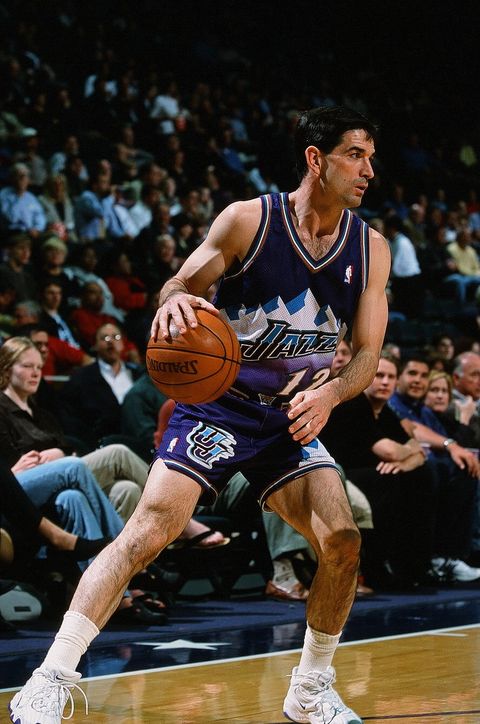
The Sporting News Getty Images
So one day, Roskopf decided to try something else. He tested Stockton for muscle weaknesses, asking him to push his legs in various directions against Roskopf's hand. He discovered that while Stockton's glutes were strong, his hip rotator muscles not so much.
Roskopf spent the rest of the session activating and strengthening Stockton's hip rotator muscles, and as the season continued, Stockton gradually made fewer trips to the trainer's room. And his flexibility improved, even without Roskopf stretching him. "When you get the muscles activated, not only do they contract to a greater range of motion, but then they have strength and integrity in that great range of motion," he says.
It's a combination that can help you move better and feel better, erasing plenty of little muscle aches. And it certainly beats walking on ice.
Hit the MAT
Foam rolling is an excellent way to promote blood flow to a muscle, and stretching can help you understand your muscles' full range of motion. But neither actually solves muscle tightness the way MAT can. Try it in these situations.
The Problem: Tight Hips
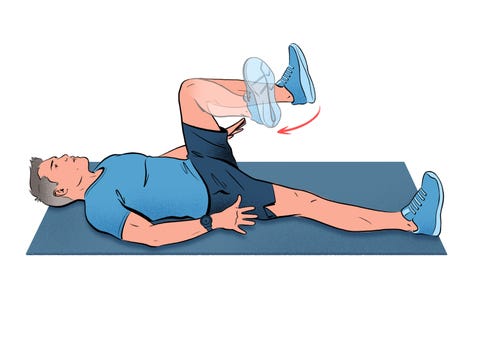
Ben Mounsey-Wood
The Solution: Lie on the floor, raise your leg as shown, and turn your thigh inward as far as you can. Hold for 6 seconds, then relax. Repeat 6 times per side.
The Problem: Tight Hamstrings
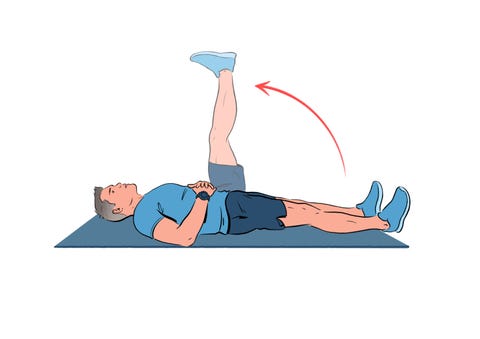
Ben Mounsey-Wood
The Solution: Strengthen your hip flexors, pulling your pelvis into neutral position below your spine, with the hip-flexor squeeze. Lie on your back, legs straight. Actively lift your left leg until you feel a stretch in your hamstring. Hold it high for 6 seconds. Lower. That's 1 rep; do 6 on each side.
The Problem: Sore Shoulders
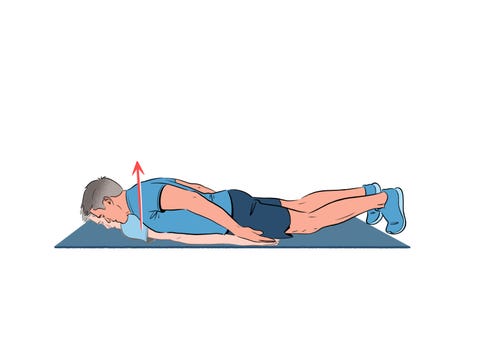
Ben Mounsey-Wood
The Solution: Strengthen your mid-back muscles with prone scapular squeezes. Lie facedown on a firm surface, arms at your sides. Raise your arms and shoulders toward the ceiling, squeezing your shoulder blades together. Hold for 6 seconds. Return to the start. That's 1 rep; do 3 sets of 6.
The Problem: Lower Back Pain
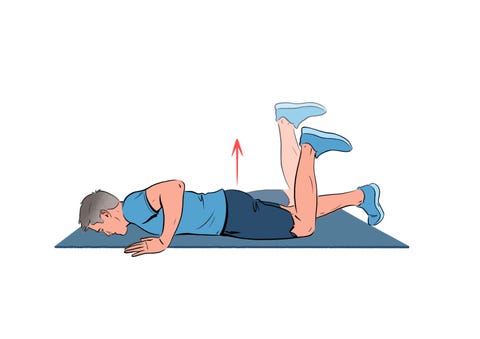
Ben Mounsey-Wood
The Solution: Build those glutes with prone glute squeezes! Lie facedown on a firm surface and bend your left knee 90 degrees so your heel points toward the ceiling. Tighten your abs and squeeze your left glute, lifting your leg off the floor slightly. Hold and squeeze for 6 seconds. Lower, pause, then repeat for 6 reps. Do 2 sets per side.
This story originally appeared in the November 2020 issue of Men's Health.
Andrew Heffernan, C.S.C.S. Andrew Heffernan, CSCS is a health, fitness, and Feldenkrais coach, and an award-winning health and fitness writer.
This content is created and maintained by a third party, and imported onto this page to help users provide their email addresses. You may be able to find more information about this and similar content at piano.io
how to fix muscle imbalances
Source: https://www.menshealth.com/fitness/a34776504/muscle-imbalance/
Posted by: plesshiecand1937.blogspot.com

0 Response to "how to fix muscle imbalances"
Post a Comment